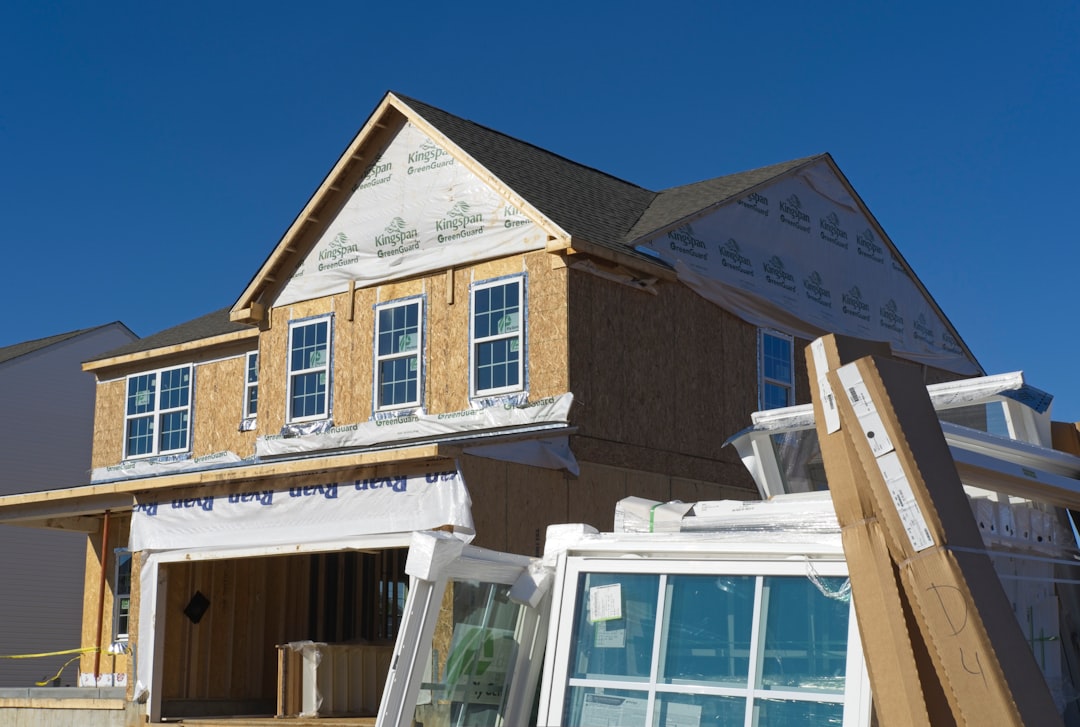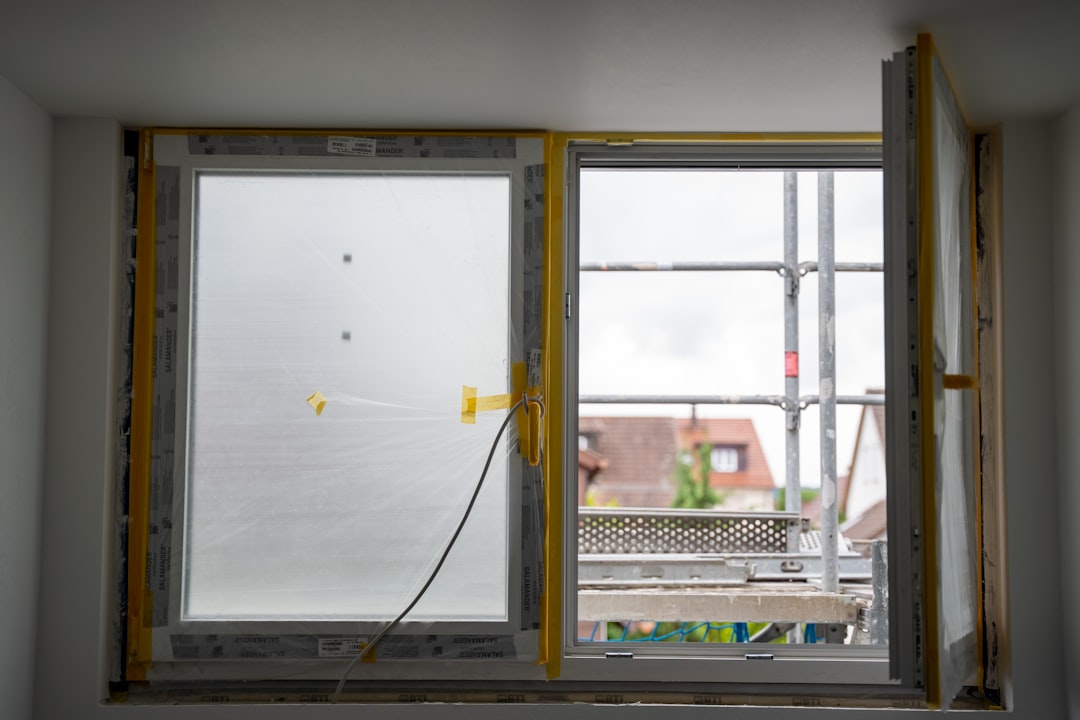
Purchasing a fixer-upper can be an exhilarating prospect for both homebuyers and real estate investors, offering the chance to create a dream home while potentially increasing its market value. With the right approach, you can turn a neglected property into a lucrative investment or a personal sanctuary. Understanding the intricacies of the process, from evaluating repair costs to navigating financing options, is key to making informed decisions. This guide will equip you with the essential tips and insights needed to confidently enter the world of fixer-uppers. Let’s explore how to make your fixer-upper purchase both rewarding and successful.
Understanding Fixer-Uppers
Before diving into a fixer-upper project, it’s crucial to grasp the full scope of what you’re undertaking. This section will help you understand the true costs involved and how to evaluate potential returns on your investment.
True Costs to Consider
When buying a fixer-upper, the purchase price is just the tip of the iceberg. It’s essential to factor in all potential expenses to avoid budget surprises down the road.
Start with a professional home inspection. This will uncovermajor issues and provide a clearer picture of necessary repairs. Common problems in fixer-uppers include outdated electrical systems, plumbing issues, and structural damage.
Create a detailed renovation budget. Include costs for materials, labor, permits, and unexpected issues. A wise approach is to add a 10-20% buffer for unforeseen expenses.
Don’t overlook the time investment. If you plan to do some work yourself, factor in the value of your time and any potential loss of income while focused on renovations.
Evaluating Investment Returns
Assessing the potential return on your fixer-upper investment is crucial for making an informed decision. This involves looking at both financial and personal returns.
Research the local real estate market thoroughly. Examine comparable properties in the area to understand what your home might be worth after renovations. This will help determine if the investment makes financial sense.
Consider the home’s location carefully. A fixer-upper in a desirable neighborhood may offer better long-term returns than a move-in ready home in a less popular area.
Factor in personal returns, which are harder to quantify but equally important. Think about the satisfaction of creating your dream home and the potential for increased comfort and functionality.
Essential Real Estate Tips
Navigating the purchase of a fixer-upper requires a unique set of skills and knowledge. This section provides key tips for negotiating a good deal and understanding your financing options.
Negotiating the Best Price
Negotiating the purchase of a fixer-upper requires a different approach compared to buying a move-in ready home. Your goal is to secure a price that reflects the property’s current condition and renovation needs.
Start by thoroughly researching the local market. Look at comparable sales in the area, focusing on homes in similar condition. This will give you a baseline for your offer.
Use the information from your home inspection to your advantage. Present a detailed list of necessary repairs and their estimated costs to justify your offer price. Be prepared to walk away if the seller isn’t willing to negotiate fairly.
Consider including contingencies in your offer. These might include the ability to back out if major issues are discovered during inspections or if you can’t secure financing for both the purchase and renovations.
Financing Options Explained
Financing a fixer-upper can be more complex than a standard home purchase. There are several options to consider, each with its own pros and cons.
Conventional mortgage plus home equity loan: This involves getting a regular mortgage for the purchase price, then taking out a home equity loan for renovations.
FHA 203(k) loan: This government-backed loan allows you to finance both the purchase and renovation costs in a single mortgage.
Fannie Mae HomeStyle loan: Similar to the FHA 203(k), this conventional loan combines purchase and renovation costs.
Consider talking to a mortgage professional to determine which option best suits your financial situation and renovation plans.
DIY Home Improvement Insights
For many fixer-upper buyers, the appeal lies in the opportunity to tackle some renovations themselves. This section offers guidance on planning your renovation and acquiring essential tools and skills.
Planning Your Renovation
A well-thought-out renovation plan is crucial for keeping your project on track and within budget. It’s the roadmap that will guide you through the entire process.

Start by prioritizing your projects. Focus on essential repairs first, such as structural issues, roof repairs, or updating electrical and plumbing systems. These are typically required for safety and functionality.
Create a realistic timeline for your renovations. Be honest about how long each project will take, especially if you’re doing the work yourself. Remember to factor in time for obtaining permits and inspections.
Consider the order of your projects carefully. For example, it makes sense to complete any work that requires opening up walls before you start painting or installing new flooring. This approach can save you time and prevent damage to newly completed work.
Must-Have Tools and Skills
Tackling DIY home improvements requires a combination of the right tools and the necessary skills to use them effectively.
Start with a basic tool kit that includes:
– Hammer
– Screwdriver set
– Pliers
– Measuring tape
– Level
– Utility knife
As you take on more complex projects, you may need to invest in power tools like a drill, circular saw, or sander.
Developing your DIY skills is an ongoing process. Start with smaller projects to build confidence and learn basic techniques. Online tutorials, home improvement workshops, and local community college courses can be great resources for learning new skills.
Remember to know your limits. While DIY can save money, some projects are best left to professionals, especially those involving electrical work, plumbing, or structural changes. Always prioritize safety and don’t hesitate to call in experts when needed.


 Facebook
Facebook
 X
X
 Pinterest
Pinterest
 Copy Link
Copy Link

